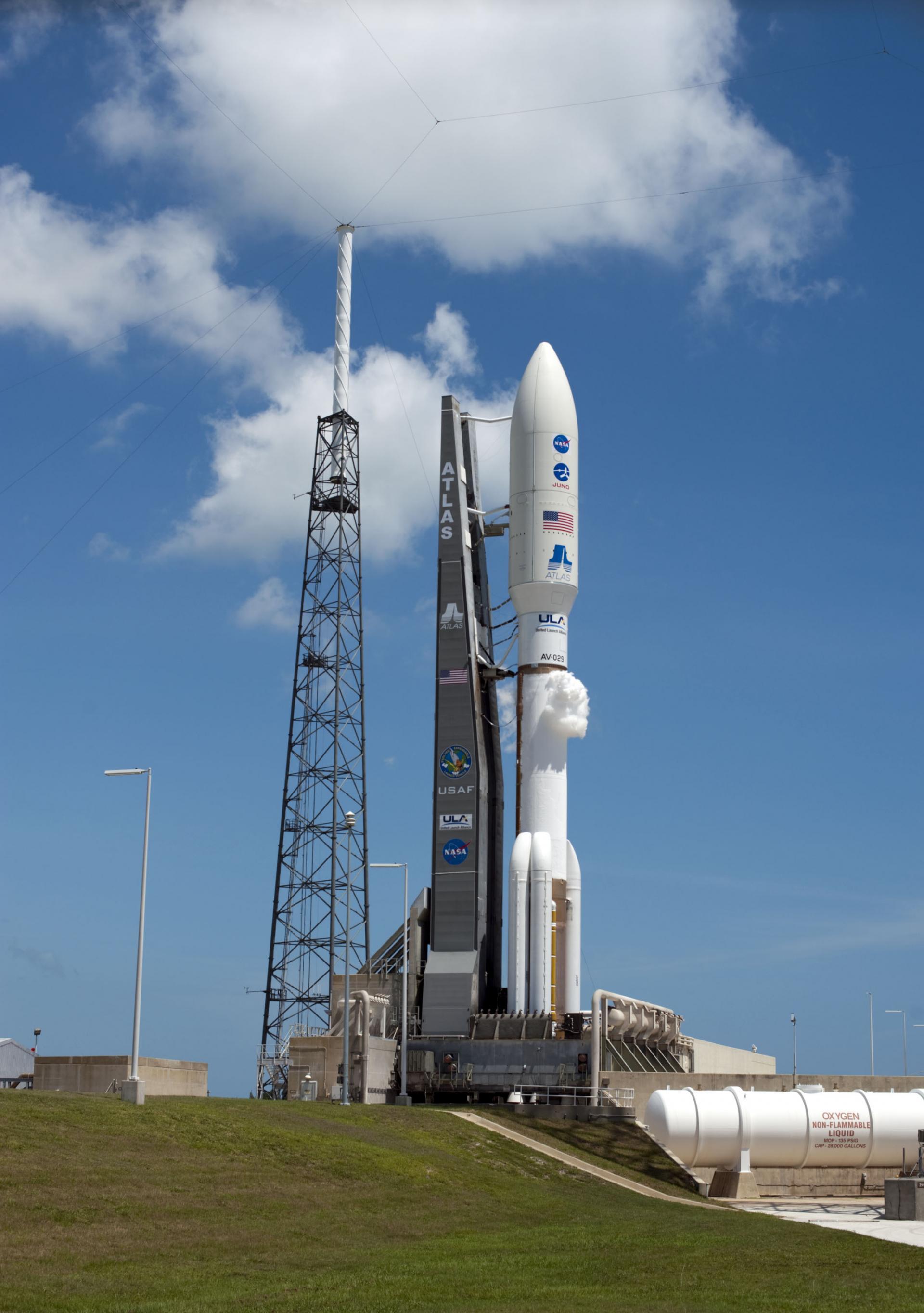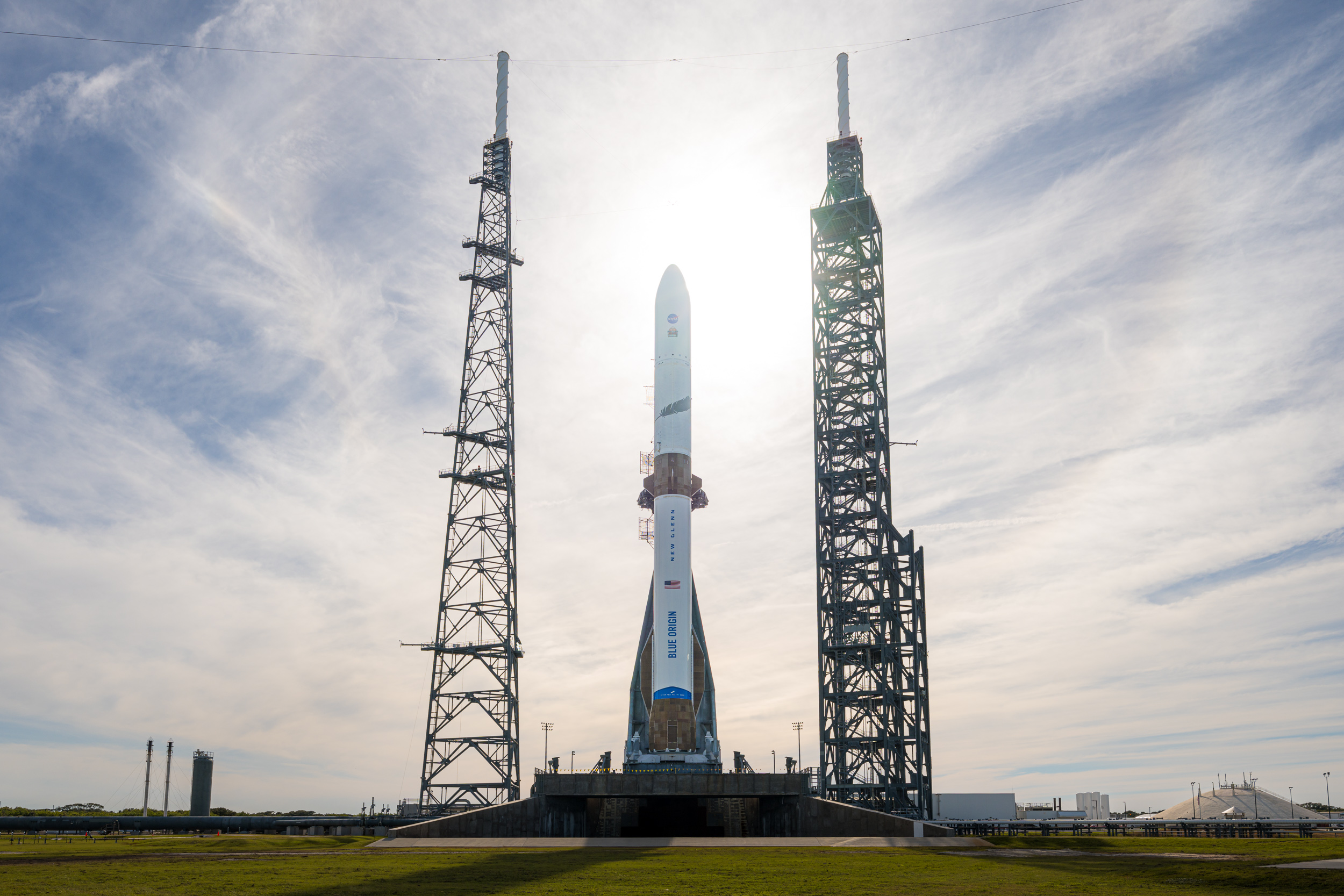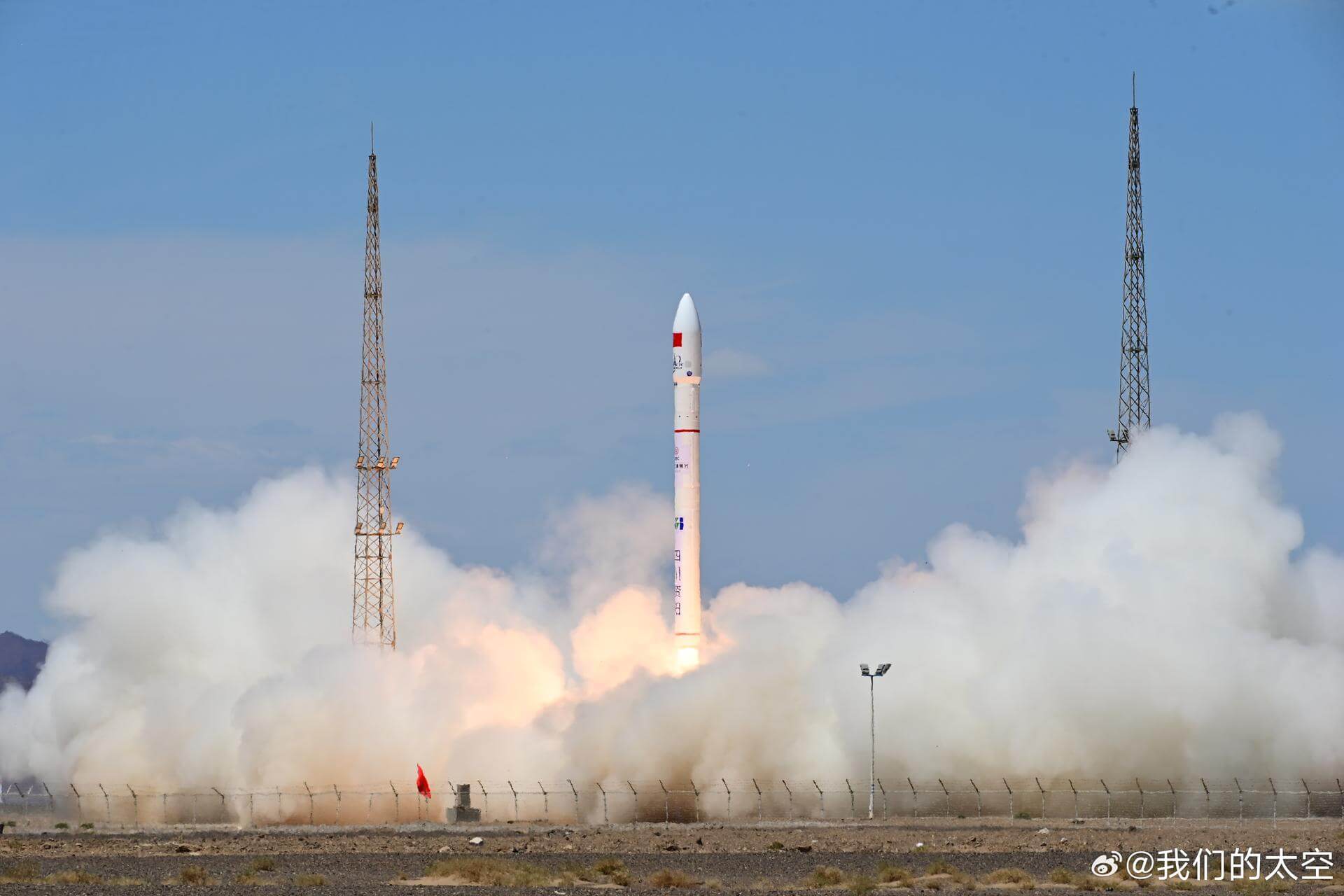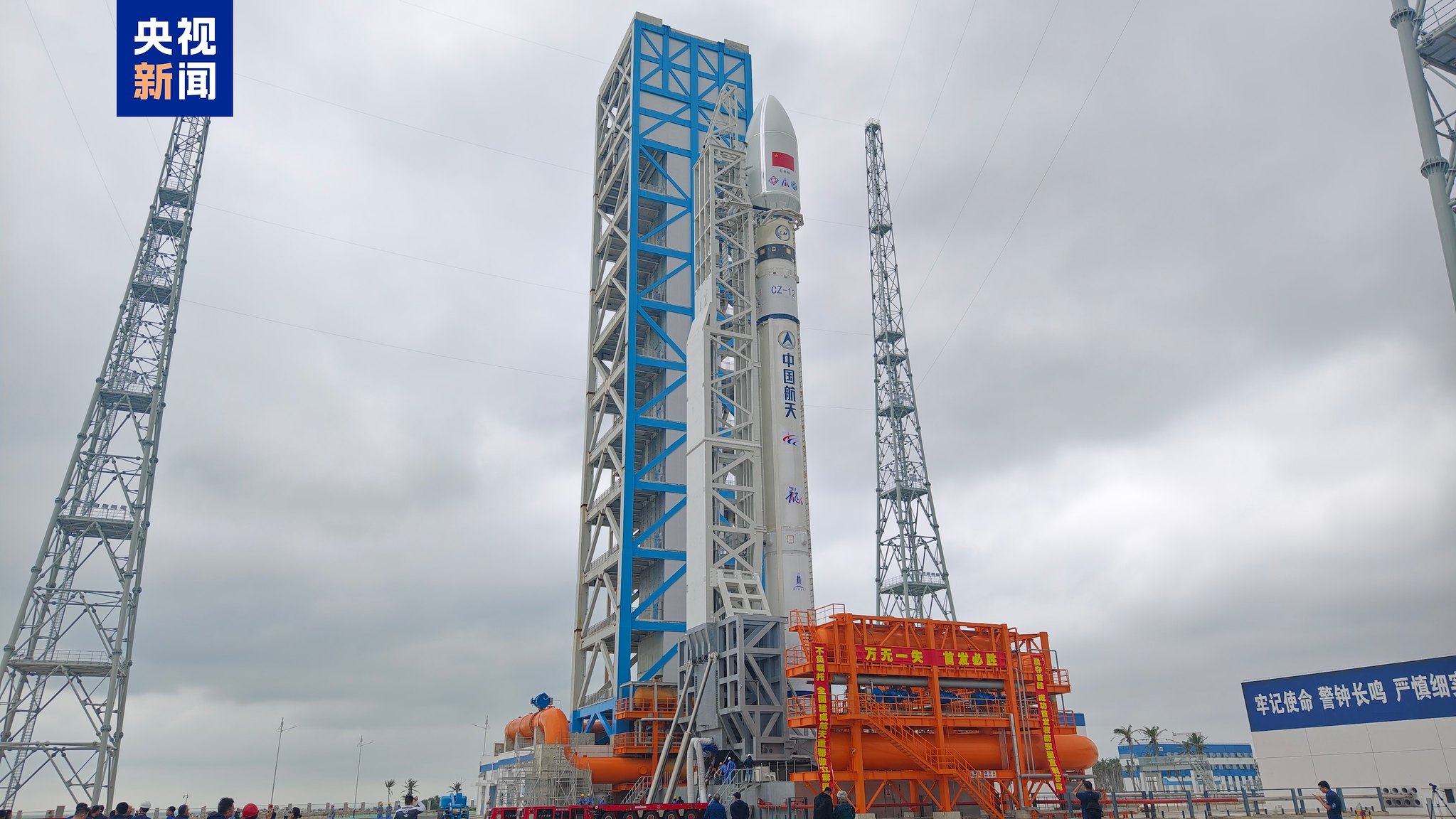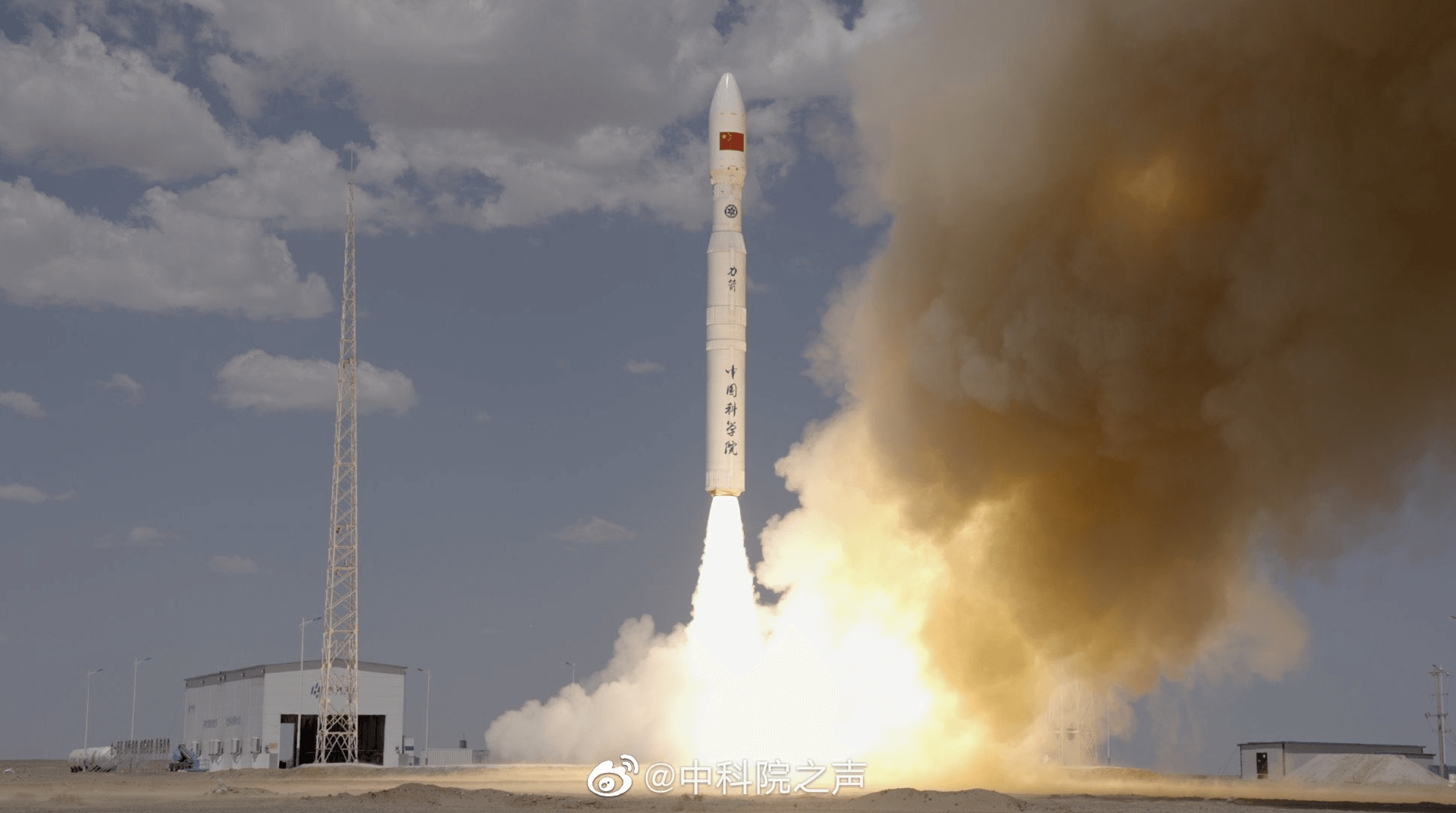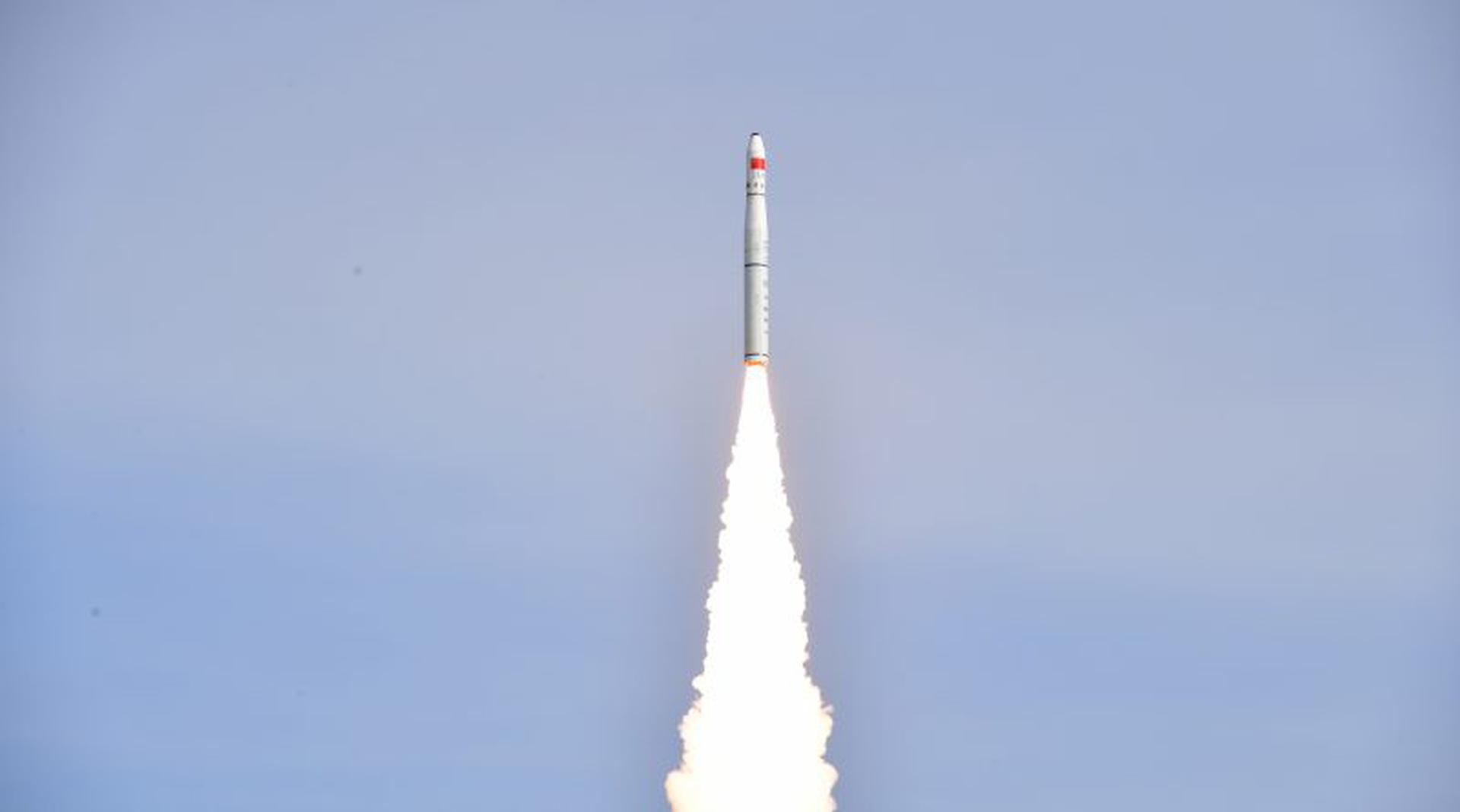Previous Spaceflight Launches
Filter by Agency, Locations or Vehicles
Show All LaunchesFalcon 9 Block 5 | Starlink Group 6-89
SpaceX | United States of AmericaKennedy Space Center, FL, USA
Nov. 15, 2025, 3:08 a.m.
Atlas V 551 | ViaSat-3 F2 (ViaSat-3 EMEA)
United Launch Alliance | United States of AmericaCape Canaveral SFS, FL, USA
Nov. 14, 2025, 3:04 a.m.
Status: Launch Successful
Mission:
The ViaSat-3 is a series of three Ka-band satellites is expected to provide vastly superior capabilities in terms of service speed and flexibility for a satellite platform. Each ViaSat-3 class satellite is expected to deliver more than 1-Terabit per second of network capacity, and to leverage high levels of flexibility to dynamically direct capacity to where customers are located.
Geostationary Transfer OrbitNew Glenn | EscaPADE
Blue Origin | United States of AmericaCape Canaveral SFS, FL, USA
Nov. 13, 2025, 8:55 p.m.
Status: Launch Successful
Mission:
Second flight of Blue Origin's New Glenn launch vehicle carrying the Escape and Plasma Acceleration and Dynamics Explorers (EscaPADE), a dual-spacecraft mission from University of California, Berkeley to study ion and sputtered escape from Mars. The spacecrafts' scientific goals are to understand the processes controlling the structure of Mars' hybrid magnetosphere and how it guides ion flows; understand how energy and momentum are transported from the solar wind through Mars' magnetosphere; and understand the processes controlling the flow of energy and matter into and out of the collisional atmosphere.
Mars Orbit GS1-SN002 - Maiden Flight JacklynFalcon 9 Block 5 | Starlink Group 6-87
SpaceX | United States of AmericaCape Canaveral SFS, FL, USA
Nov. 11, 2025, 3:21 a.m.
Ceres-1 | Jilin-1 High Resolution-04C and others
Galactic Energy | ChinaJiuquan Satellite Launch Center, People's Republic of China
Nov. 10, 2025, 4:02 a.m.
Long March 12 | SatNet LEO Group 13
China Aerospace Science and Technology Corporation | ChinaWenchang Space Launch Site, People's Republic of China
Nov. 10, 2025, 2:41 a.m.
Falcon 9 Block 5 | Starlink Group 10-51
SpaceX | United States of AmericaKennedy Space Center, FL, USA
Nov. 9, 2025, 8:10 a.m.
Kinetica 1 | Chutian-2 01 & 02
CAS Space | ChinaJiuquan Satellite Launch Center, People's Republic of China
Nov. 9, 2025, 3:32 a.m.
Long March 11 | Shiyan 32 01-03
China Aerospace Science and Technology Corporation | ChinaHaiyang Oriental Spaceport
Nov. 8, 2025, 9:01 p.m.
Falcon 9 Block 5 | Starlink Group 11-14
SpaceX | United States of AmericaVandenberg SFB, CA, USA
Nov. 6, 2025, 9:13 p.m.

